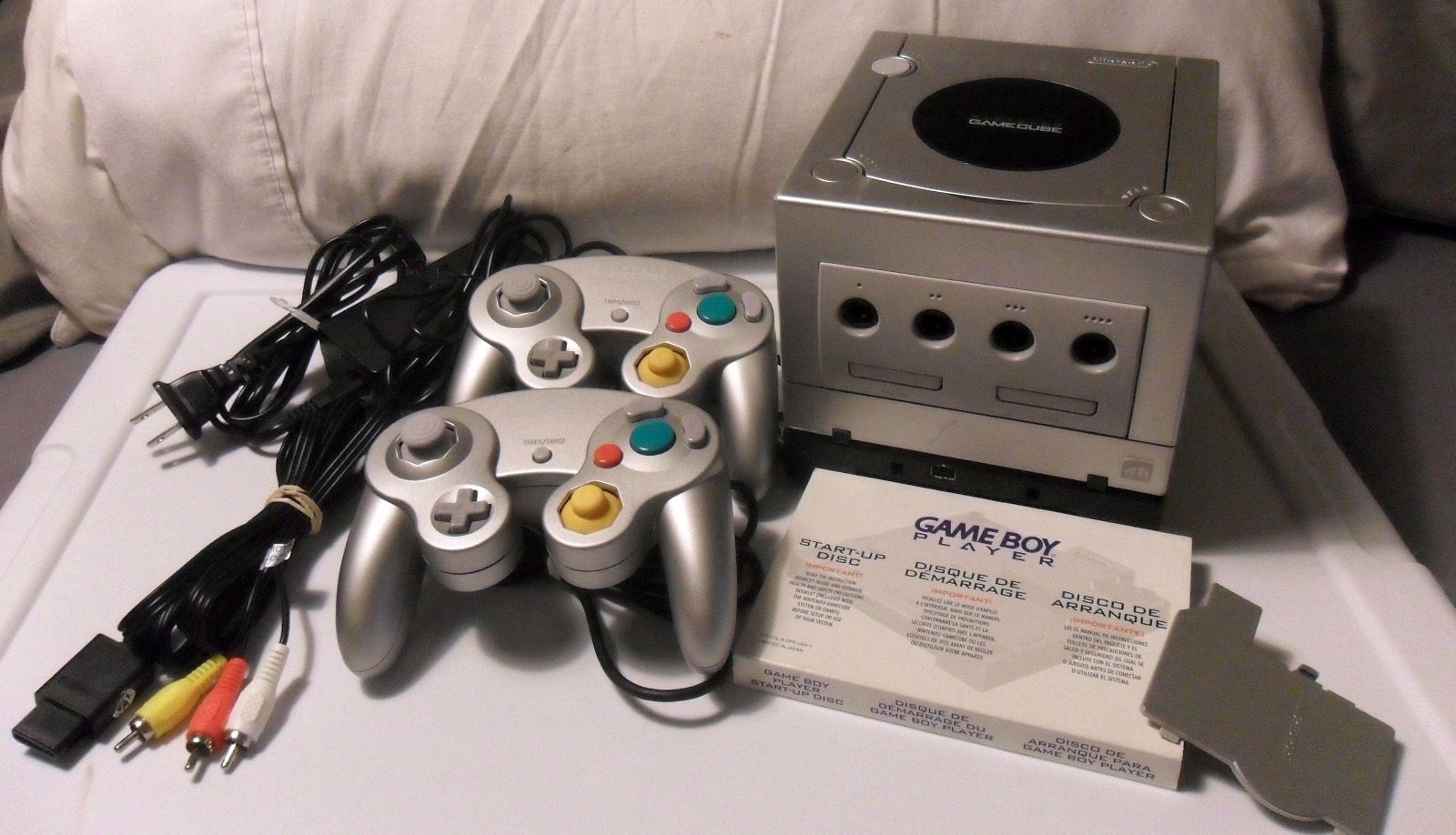

It sounds like you've fallen for the 'need better cables to do pro scan' lines of lst gen, when even composite cables can transmit a progressive image. Some screens will not accept a progressive image from an analogue input apart from component, but that's nothing to do with standards. This way the system maintains the colour separation while using less then hanf the bandwidth.Īs such, RGB needs to pass through a powered converter to run on a component-only abled device, ie most modern screens outside Europe.Īs for your comments on interlacing and framerate, neither component or RGB have anything to do with the signal passing through them, either can be in interlaced or progressive form at any framerate (25/30/50/60/100). The reason they did it this way is that green uses the most bandwidth, and so has the most signal loss. The device's computer then calculates the value of the green component by assigning what's left of the luma (Y - Pb - Pr) as the signal's green value. The Blue cable is Pb, which carries the difference between the luma and the blue component of the image, and the Red cable is Pr, which carries the difference between the luma and the red component of the image. The Green cable is Y, which stands for 'luma' - it carries the brightness of the signal, the black and white effectively. It's full name is 'colour diferrence component' and it is correctly denoted YPbPr. It's a very old standard, and while high quality is also very high bandwidth.Ĭomponent is not RGB at all, although confusingly it uses red, green and blue cables. RGB is exactly what it sounds like - the picture broken into red, green and blue. Still not quite as good a picture as the official way on GCN though.Ĭlick to expand.You should probably look up RGB and component, as they are completely different and incompatible. I use this method to have component colour from my SNES, Dreamcast, Saturn and RGB modded N64. You can run that through an RGB/Colour difference component converter and get a sharper picture that way. There is another solution for PAL users - the PAL GCN outputs RGB through the analogue port in lieu of S-video.

Very few are out there because they had to be ordered at reasonable expense direct from Nintendo, and the type of person who does that holds onto their stuff. The reason it cost so much originally, and why there were no 3rd party versions, was that the port it uses on the GCN is actually digital, and there was no digital-in for most TVs back then (component being top of the line for the time), so the cable actually has a decent quality DAC chip inside it. Damn the GCN had incredible image quality, much, much better then PS2 and Xbox (the latter being awful).

Click to expand.Yeah, it's a better picture then the Wii's component.


 0 kommentar(er)
0 kommentar(er)
